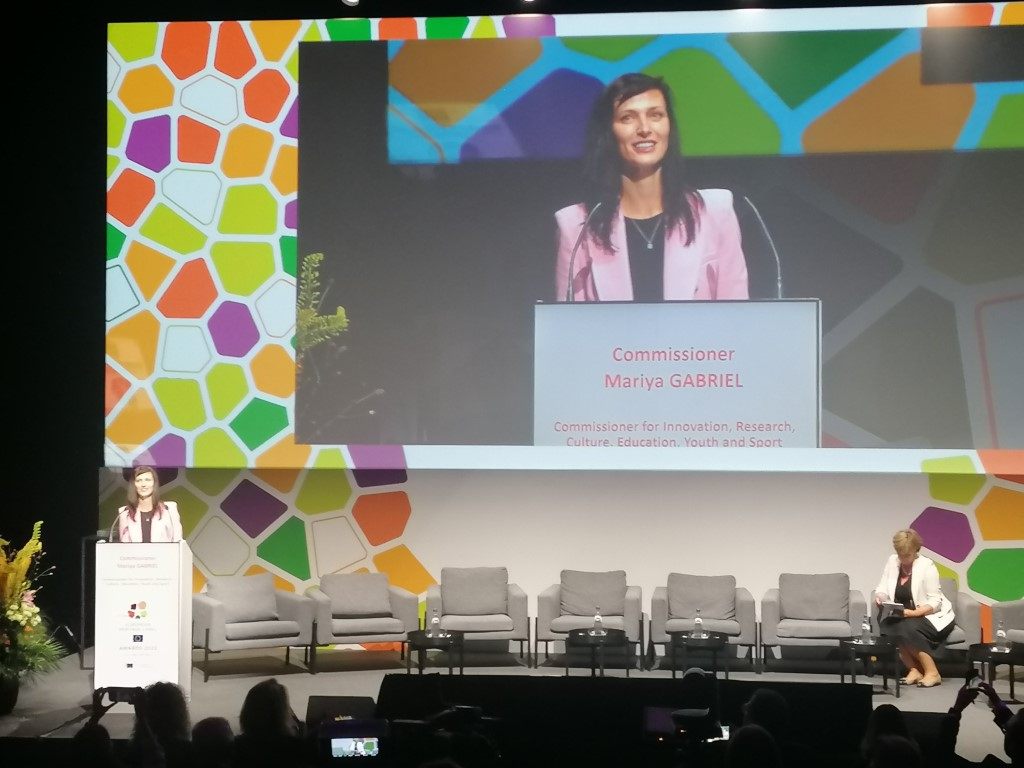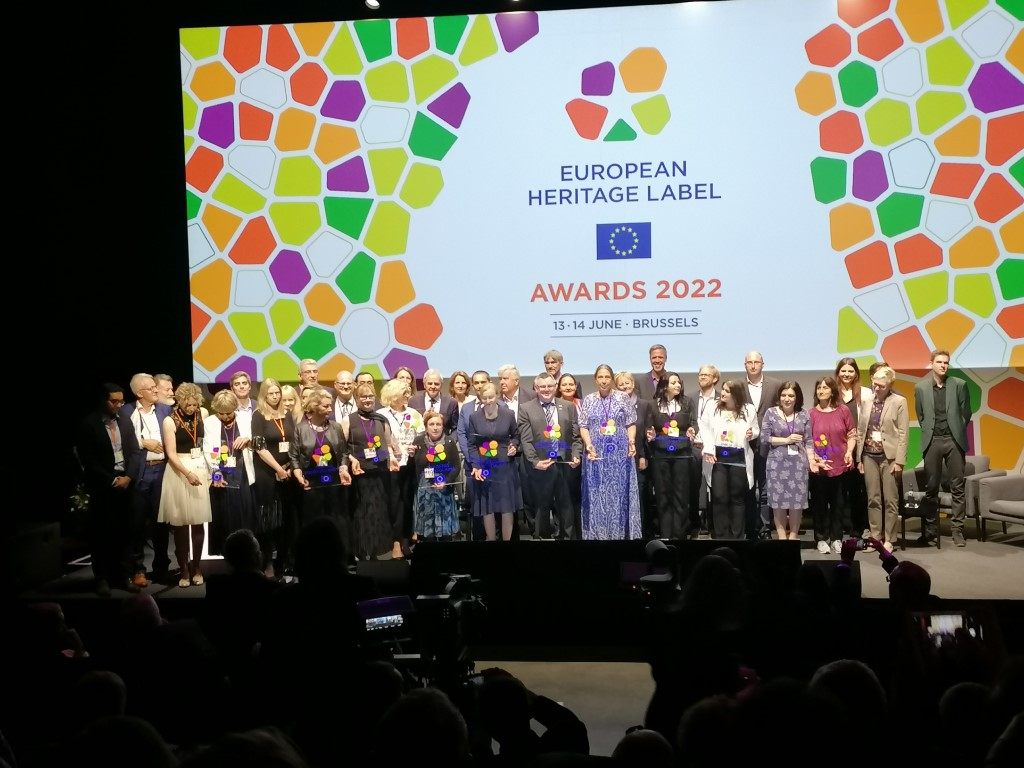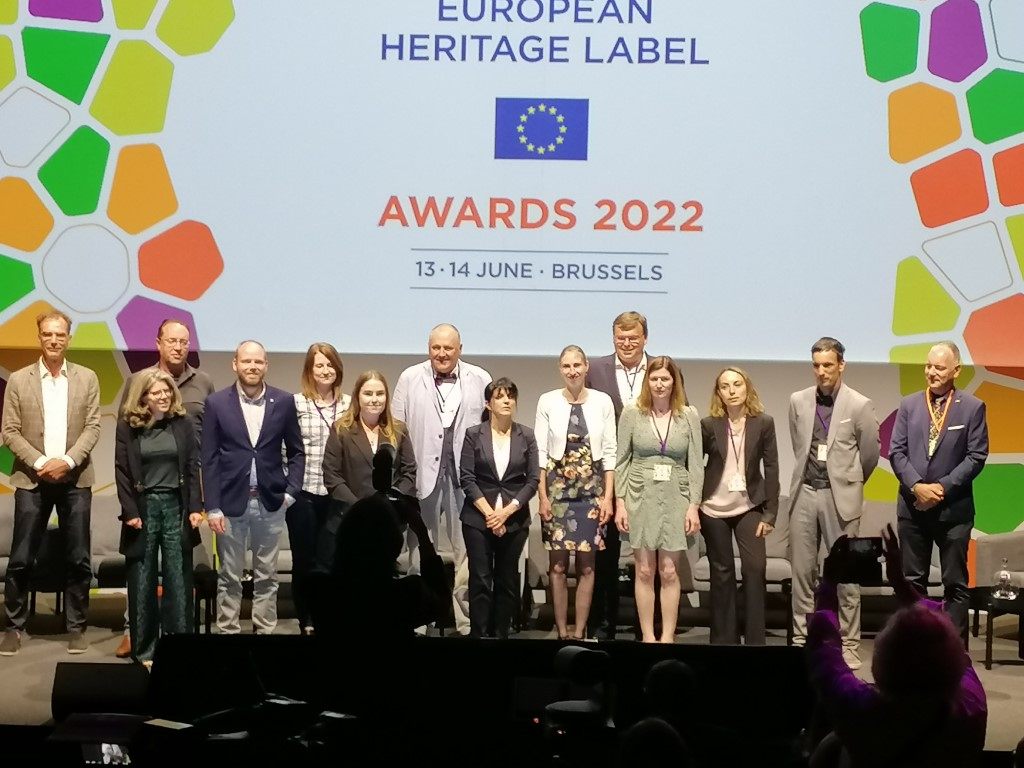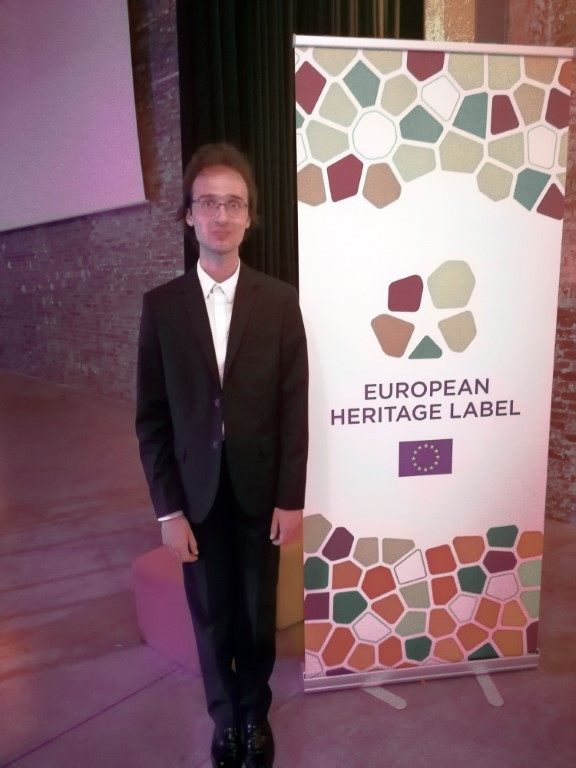Bulgaria won one of the 12 European Heritage Awards with the Thracian Alexander Tomb in Haskovo municipality. The award was presented at a ceremony at The Egg Congress and Conference Center in Brussels. It also marked the 10th anniversary of the creation of the European Heritage Label.
The twelve sites that received this label were selected after serious selection, first at а national level and then by European experts on a European level. They all have a symbolic meaning for the European culture and the European integration.
„With this initiative, we are promoting the preservation and promotion of Europe’s cultural wealth. At the same time, it strengthens European citizens’ sense of belonging to the EU. „Through the Creative Europe program, we support joint projects and networking between the winners of the European Heritage Label, including cultural tourism,“ said EU Commissioner Mariya Gabriel, who presented the awards.
In order for a site to receive the award, it must meet certain criteria – preservation, reconstruction, innovation, how to protect itself from climate change and protect the environment, how to ensure the preservation of specific skills and professions related to it. It is the attitude towards climate change that is the most problematic – only 7 countries have begun to adapt their plans to preserve the sites to the requirements of the „green deal“.
In addition to the awards ceremony, a multi-panel forum was held to discuss current issues related to Europe’s cultural heritage and ideas for solving them. The main issue is to involve more people in the preservation and promotion of sites and to attract young people.
In the European Roads panel, for example, one of the main topics was how to make citizens protect the cultural heritage, not to rely only on institutions but to harness local communities as well.
They need to understand that there is no cultural heritage B, just as there is no Earth B, we have only one planet Earth. It is the same with the given site – there is no way to restore it if it is not preserved. The idea is to talk about the problem, for people to understand what it is about, to have awareness, to do research, to train local people and experts, to involve everyone.
Another solution is to have more activities that include heritage sites. For example, to create a cause „Run for heritage“, where sports and culture can be combined, to have more crossover sectors – sports and culture, science and culture, as well as cross-border joint projects in which the countries can unite and to cooperate in promoting their sites together.
Special attention is paid to the audience – how to better present the cultural heritage and add value to the visitor’s experience. Here the path is to do more active work with local communities and changes to happen within the organisations themselves. Sites need to gather better data about their visitors so that there is more global visibility of what is happening. Among the recommendations is not to do things so horizontally, but more vertically – instead of organising many events to distract the visitor, to be organised one with different angles to make the audience understand in depth.
Free tickets to visit the sites are not always enough, and transport must be helped. Many of the sites are not accessible or transportation there is expensive, and the low-income person will not visit them.
The focus is again on young people and their commitment to the topic of cultural heritage. Europe is currently at risk of losing cultural heritage professions because young people are not attracted to practicing them. The idea of encouraging people aged 18-33 is to offer them partnerships and free memberships in cultural organizations. The „Adopt a Monument“ project is also a way to attract them. It is very important to include more visits to cultural sites and museums as part of schools’ curriculum in order to foster an attitude towards heritage from an early age.




